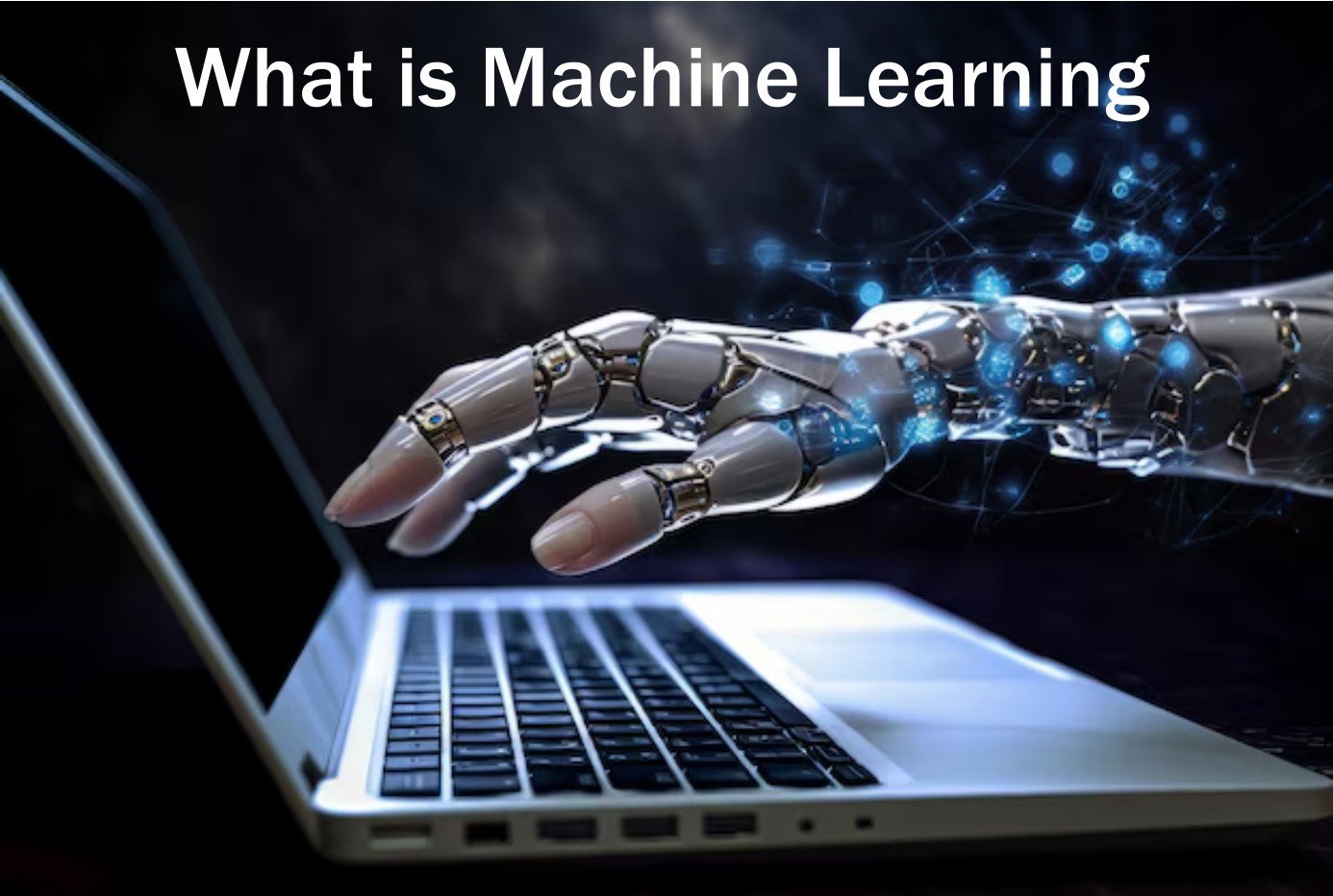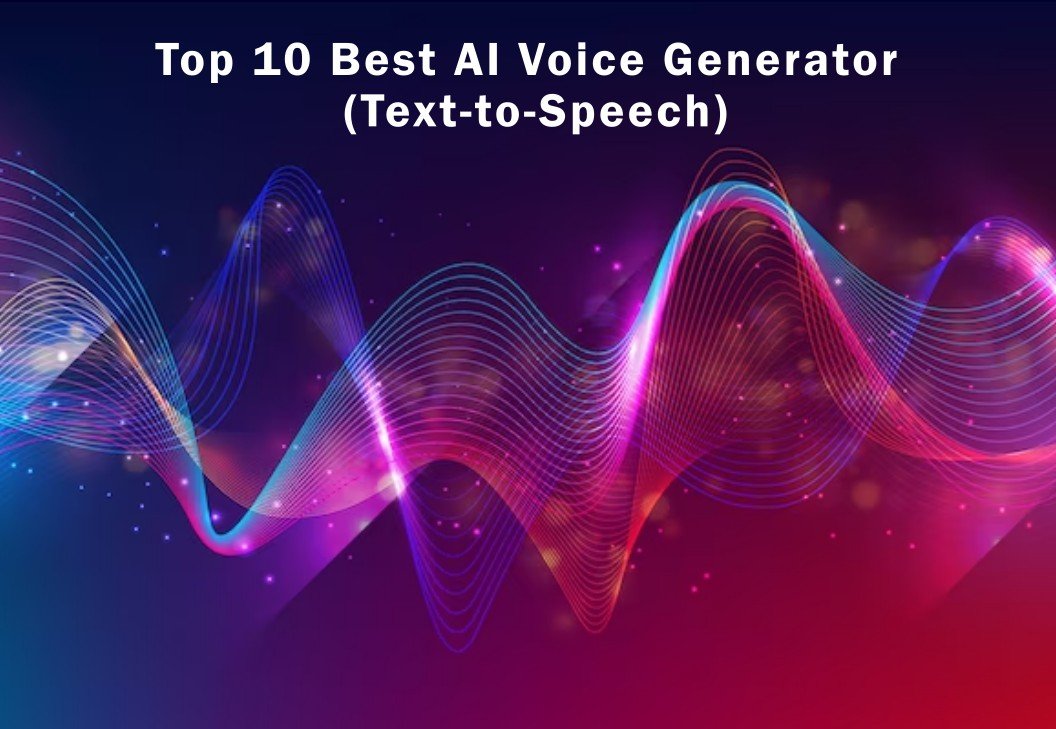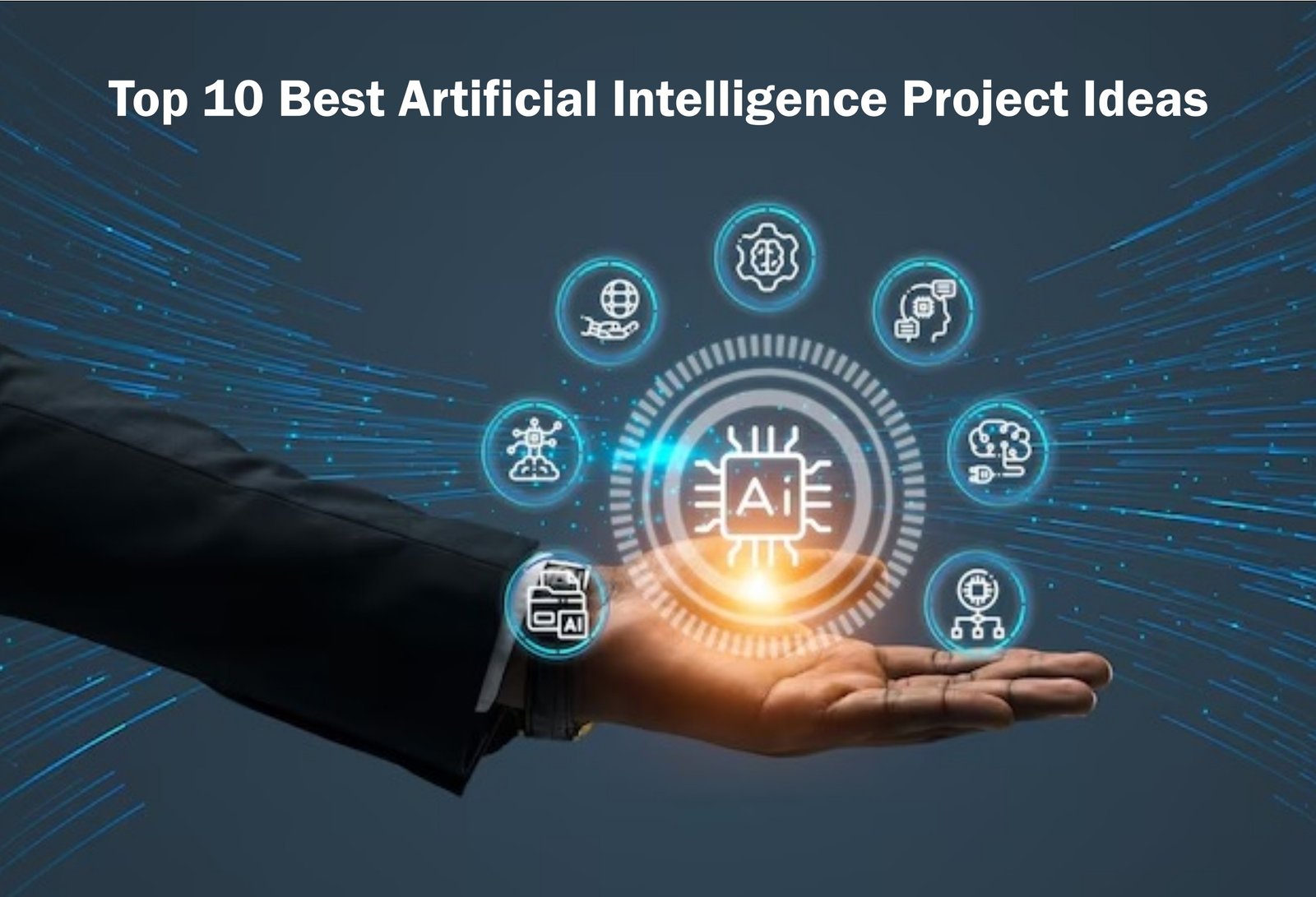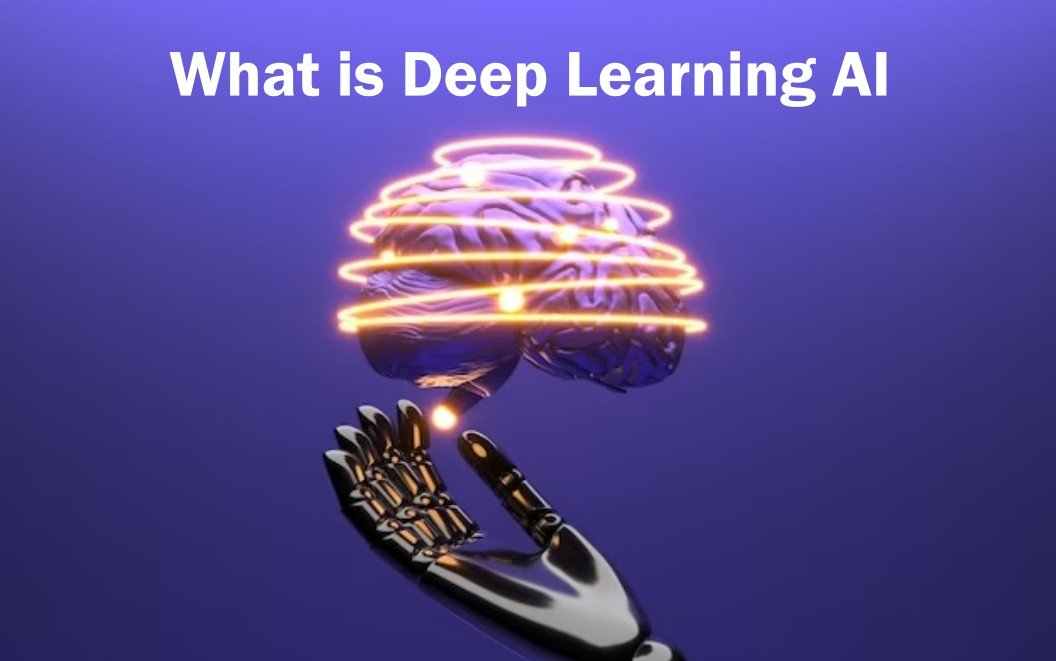What is Generative AI? Definition, Examples, And Tools
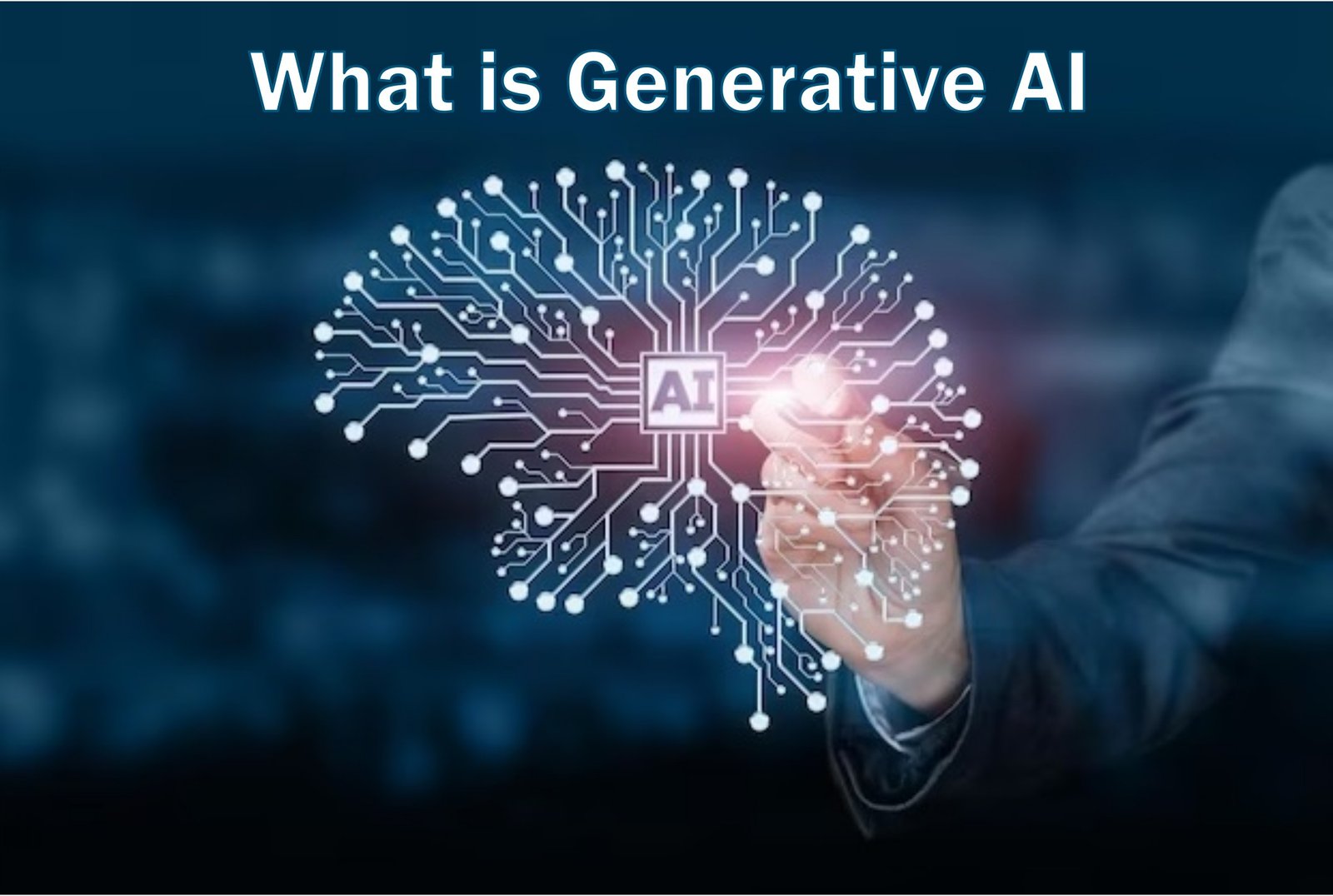
Credit - Freepik
Generative AI techniques have changed the dynamics of work automation. Their ability to generate new content in response to natural language prompts is incredible. They can collaborate with professionals to create content that reflects practical work across multiple sectors. It provides new opportunities to cut costs, manage risks, and improve productivity.
Generative artificial intelligence (GAI) is AI that can generate text, graphics, videos, or other data using deep learning models. These generative models understand the patterns and structure of their input training data. They create new data with similar features within a few seconds. This technique is the evolution of machine learning that mimics human intellect but eventually aims to help humans solve complex problems. Today, many enterprises are using it to produce new, realistic artifacts. It isn't just technology; it holds a significant place in our community by bringing people and machines together. Read on to understand what is generative AI technology and the benefits it offers.
Generative AI definition and explanation
Generative AI refers to deep-learning models that can produce high-quality, engaging content from input data. It first came into use in chatbots in the 1960s but didn't have enough scope then. Now that online networking is extensive, it finds its way into almost all domains. One can create convincingly authentic images, videos, and audio of real people with AI technology. You can even tailor-make the results by providing feedback about the style, tone, and other features you want the generated content to reflect.
Early versions of generative AI required data submission via an API or another complex mechanism. Developers had to learn unique tools and create programs in languages like Python. Today, generative AI pioneers are working to improve user experiences by allowing you to define a request in plain English. It starts with a prompt that can be a text, image, video, design, or anything AI can interpret. It reads the training data and produces similar, new content. Content in this application can even include essays, solutions, product designs, and speeches.
Also Read -
Potential benefits of using generative AI
Now that generative AI meaning is clear, let us discuss its benefits. This AI-powered system can automatically generate compelling content beneficial for enterprises. It provides brilliant ideas and reduces the need for labor-intensive, creative work. Besides this, the benefits and applications of the generative AI model are as follows:
1. Faster product development
Generative AI saves precious time and lowers operating expenses by automating operations that previously required human intervention. For example, AI algorithms create architectural designs based on specifications in architecture and design sectors. It facilitates quick designing processes at a low cost.
2. Extensive data evaluation
AI models can analyze vast and diverse datasets. For instance, generative AI can assess customer behavior, market patterns, and economic growth in the financial industry. It exhibits predictive models that allow companies to invest wisely. Similarly, the generative process empowers organizations across multiple sectors to make well-informed decisions.
3. Enhanced customer experience
One of the most prominent uses of generative AI is to improve the customer experience. Businesses can increase customer interaction using dynamic AI models that respond to consumer requests like humans. For instance, AI generative agents can work as customer support personnel in call centers. The system can provide ticket summaries and recommendations depending on the customer's query.
4. Improved employee productivity
Businesses can use generative AI to automate complex, time-consuming processes. Automation frees up their employees' time and allows them to focus on more crucial aspects of their job. Eventually, it facilitates creativity, optimizes workflows, and enhances efficiency. For example, AI algorithms in the manufacturing sector can generate optimized production schedules to allocate resources effectively.
Generative AI examples
Generative AI facilitates quality visual, animated, and textual content in seconds. Due to rapid speed and excellent features, it has become the biggest priority for professionals in different sectors. It has extensive use in marketing, education, gaming, communication, and healthcare industries. Here are some top generative AI examples.
1. Game development
AI helps game developers by offering engaging content and immersive gameplay experiences. Generative applications leverage ML algorithms, facilitating the creation of different aspects of a video game. You can focus on creating game levels, characters, objects, or narratives for the entire game. It is ideal for creating unique and diversified game material.
2. Video creation
You can use the application to create short reels, blogs, or full-length feature films based on your needs. AI assesses picture generation algorithms to create visual elements and music creation tools to compose the soundtrack. Simultaneously, it forms the film script via text generation models.
3. Code generation
Generative AI can assist in creating code for new applications without manual input. The application helps developers ensure that coding is accessible to non-technical users. It focuses on code suggestions, detection, and remediation. Most importantly, generative AI in coding helps ensure that the code follows given guidelines, boosting readability and uniformity. Examples include Copilot, OpenAI, and Codex.
4. Voice generation
Generative Adversarial Networks (GAN) can create realistic audio speech by generating voice from the text. It offers authentic new data from a given training dataset. Due to this unique feature, the application functions well in advertising, education, and marketing. Examples include Synthesys and Replica Studios.
5. Virtual assistants
Generative AI-driven applications for creating chatbots and virtual assistants enable users to access pertinent information. The goal is to provide customer service or help users with multiple activities, such as playing videos or booking appointments. The best part is that the applications facilitate natural language processing to improve efficiency.
6. 3D modeling
One of the most compelling reasons for using AI-driven generative sources is to create 3D models. With computer algorithms, the application creates digital models similar to input training data. 3D modeling technology can generate content resembling physical objects in size, shape, and texture. Today, it excels in the entertainment, product design, and architecture industries.
How can businesses implement generative AI?
Generative AI generates new data or information using deep learning algorithms. In just a short time, it creates something new by analyzing intricate patterns in the provided data. Because of this capability, it is a highly beneficial and efficient tool for businesses. Entrepreneurs who must find rapid fixes for various organizational problems can benefit from this technology. They can recognize problems and provide solutions before they get worse.
Generative AI can boost worker creativity and productivity. It designs marketing forms, finds malware, and generates virtual agents (such as chatbots). In addition, businesses can use training data and generative AI to find new opportunities.
How to use generative AI?
In this digital era, high-quality content has become essential for business growth. Fortunately, generative AI enables businesses to produce the best quality content in a limited time. It exhibits fact-based information in a well-presentable form.
Tips to use generative AI platform
- Choose the best generative AI model
- Understand the task you want the generative AI to perform
- Include examples to train the model
- Add texts, images, and audio
- Provide context relevant to your requirement
- Specify the desired format to improve output quality
- Evaluate the performance
- Address flaws to achieve optimum results
How will Generative AI impact the future of work?
Previously, the ability to create new things was a human quality. But now that artificial intelligence is maturing, things have become more transparent. Technology is becoming the foundation for almost all firms irrespective of their size and nature. The primary roles of generative AI in work processes are as follows:
1. Regulating regular tasks
Gen AI tools can mimic human intelligence and perform repetitive tasks, such as data entry.
2. Customized experience
Gen AI will enhance human intelligence and decision-making, not replace it.
3. High-quality content creation
Generative AI helps generate text, images, and multimedia elements quickly.
4. More AI jobs
People can expect new job opportunities in the AI field because its use in production will increase in the next few years.
5. Boosts creativity
Generative AI models can free employees from many daily tasks, allowing them to focus on more creative aspects.
What are the potential risks of generative AI?
1. Misinformation
Some instances show malicious actors use generative AI tools to generate misleading information and spread fake news. Even non-cyber criminals who lack IT skills can carry out ransomware attacks through this technology.
2. Privacy concerns
Users can enter any type of data, including private, sensitive, and proprietary information. They may store this data in a third-party space, allowing models to learn and improve over time. The mechanism could encrypt, misuse, or leak data without human analysis.
3. Ethical Implications
Concerns about consent, privacy, output correctness, and age verification are also evident. Lack of transparency while training data in generative AI models may have legislative implications.
4. Security Vulnerabilities
Cyberattacks and AI misuse are other significant concerns related to Generative AI usage. The models produce new and complex types of malware.
5. Fabricated data
Generative AI models may hallucinate, implying that they make up facts. It creates synthetic data, leading to concerns about acknowledging the data source.
Also Read -
FAQs
1. What are the risks associated with generative AI?
Ans. The risks of generative AI are substantial and rapidly evolving. AI-driven models are unpredictable, and companies may use them without fully understanding how they work. Moreover, some firms may use it to create content based on publicly available, false data. It may produce inaccurate and misleading answers. So, ensure that all outputs are factual before relying on or publicly disseminating information.
2. What is the difference between AI and generative AI?
Ans. Generative AI is an artificial intelligence subfield concerned with creating and developing new material. The primary difference lies in their functioning and goals. While Traditional AI seeks to perform specific tasks from predefined rules and patterns, Generative AI generates new data similar to human-created content. Both have numerous applications across multiple industries and domains based on their features.




